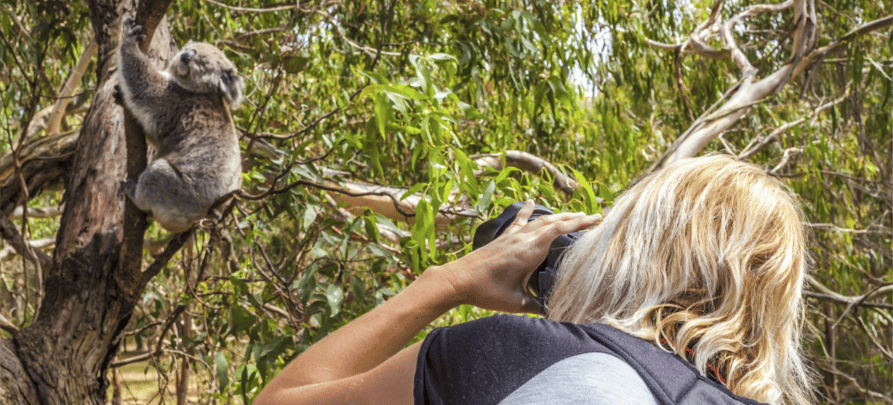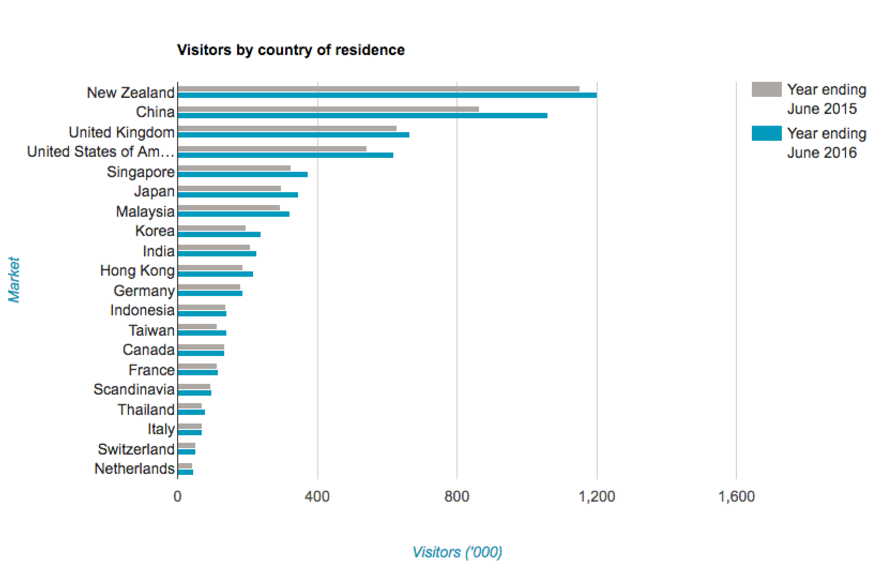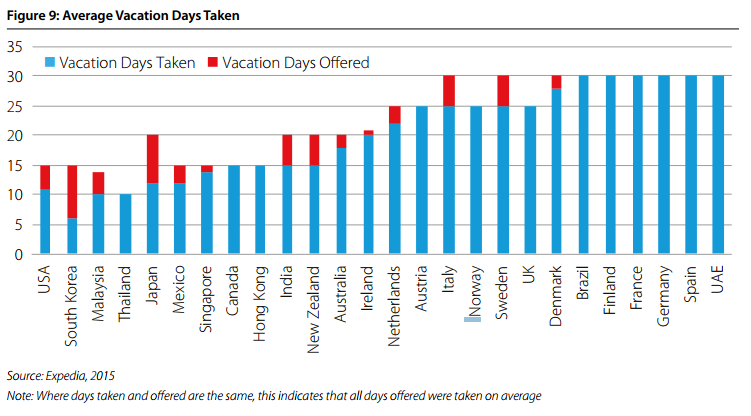
What a great year 2016 has proven to be for Australian tourism. According to the latest report from Tourism Research Australia, international visitors to our shores are up 14%, which in financial terms equates to $4.7 billion more than in 2015. As expected, one of the biggest contributors to this growth was the surging Chinese outbound market.
However the report holds a few surprises, notably the strength of the US market. The US is the second biggest outbound market (in terms of growth). In the last year the market has increased 14%, which equates to a record spend of $3.6 billion.
These numbers fit in with the overall US outbound trend. The steady US economy, an improved exchange rate, lower unemployment levels and a higher level of discretionary spending, have created a renewed interest in overseas travel.
This report presents an ideal scenario for those who work in tours and attractions. While business is already great, there is still a lot of opportunity for growth in this sector. The questions that beg to be asked are:
- Where are the gaps?
- What can local businesses be doing to beguile the US traveller?
Who is the US outbound traveller?
According to the Eye for Travel whitepaper: US Outbound Travel in 2016, travellers are more likely to:
- Enjoy travelling with their families
- Be above 40
- Have a tertiary education
- Be married
- Own their own homes
When US citizens do travel overseas, they tend to stay close to home, with Mexico unsurprisingly being the most popular overseas country (35%), followed by Canada (18.3%) and Europe (18%). Oceania only represents 0.9% of all US outbound travel, so even though the US is our third largest segment, like China, there is plenty of room to expand on that growth.

Where are they looking for information?
As Google discovered, US travellers tend to dream, plan and book large portions of their trip on their mobile devices. The Eye for Travel report also corroborates this information, stating that over 80% of travellers aged 18-49 have a mobile device. Unsurprisingly, this number drops to 70% over 50 and to 30% over 65. These numbers support other demographic trends such as Chinese outbound travellers and millennials. Therefore, if businesses are to be visible, then they must ensure that their websites are optimised for mobile.
According to the report, US travellers also heavily rely on international brands such as TripAdvisor, Expedia and booking.com to look for recommendations and make decisions, so it is worth reviewing your distribution channel strategy to incorporate some of the more popular sites.
Challenges
One of the biggest challenges Australian tourism faces is our distance from the rest of the world. In combination with the small amount of paid leave US citizens are allowed, a trip to Australia is viewed as a once-in-a-lifetime proposition, which is often part of a larger trip to the Southeast Asian region, (where Australia is viewed as comparatively expensive).
In addition to having smaller amounts of leave, Americans have tended to be one of the worst countries in taking that leave (see chart below).
However, the report also notes that there is a dawning realisation that holidays are a vital component of a fulfilling life.

These changing views represent an enormous opportunity for Australian tourism. When combined with the good exchange rate, Australia in 2016 and beyond isn’t just aspirational, it’s achievable.
The message
As traveller.com.au notes, the marketing message that Australia has tended to portray to the rest of the world is that of a Utopian dreamland. As the author elaborates: ‘It's rare you meet someone who's not at least a little bit interested in coming to Australia. The trick for tourism campaigners is to change us from an aspirational place that people dream about to a realistic place that people book a ticket to.’
The latest tourism campaign ad, launched in New York and aimed at Americans, certainly doesn’t meet that challenge. Voiced by Thor’s Chris Hemsworth, it portrays Australia as isolated, expensive, unpopulated, luxurious. Predominantly young white couples loll around eating seafood, go on helicopter rides and breaststroke in private pools. The image they seek to convey hardly screams: ‘accessible.’ Given what Eye for Travel and the TRA reports have discovered about the American tourist, they aren't to be found in this campaign.
What can influencers do to attract the outbound US traveller?
Influencers
A great way to combat this perception of unattainability is to look towards influencers.
Like we’ve seen in other markets, influencers have significant selling power. Influencers are such a powerful marketing tool for tourism companies, because they allow prospective travellers to have a vicarious experience.
Travelling to Australia is achievable for the average Joe, not just the rich and famous. Coming here is not just about swimming in pristine oceans with blonde, blue-eyed people, it can be about food, wine, family, regional areas, multicultural festivals. It can make the American perception of Australia broader and more nuanced, more human. It allows them to see Australia not just as a foreign land at the bottom of the world, but as a destination they can access.
If you are looking to partner with an influencer, make sure they fit in with your overall strategy. If your business is family-friendly, there is no use partnering with a single millennial (even if their reach is massive). Like any kind of marketing activity, it’s better to be specific, start small and try a few to see what is getting a great reach.
Marketing material
As we have mentioned before, the goal should be about making Australia obtainable for ordinary families. The report mentions that one of the biggest priorities for US travellers across the spectrum is to ‘feel safe and secure.’ These two elements: family and safety can be easily highlighted on your website, or on your social media. Highlight how your attraction or tour promotes family reconnections that will last a lifetime.
Mentioning how safe, clean, family-friendly and secure your attraction or tour is, is also a powerful pull. You can further reinforce the message by finding great TripAdvisor reviews that demonstrate this. Instead of the shiny, affluent people of the Tourism Australia ad, include every day families in your social images of all ages, to remind the potential traveller that ordinary people can have extraordinary experiences as well.
It will be fascinating to see whether this trend continues in 2017. If tourism businesses are savvy, they will strike while the iron is hot and make sure that their US customers are having such a great experience, that they will rush home and tell all their friends about how great Australia is and how it is so much more than beaches, blondes and Bondi.
Would you like to know more about how you can enhance the tourist experience. The you need to download our quick-start guide to distribution today!
Booking Boss is an online booking system for tour operators and attraction providers. Trusted by many in the tourism industry, Booking Boss is about getting you out of the spreadsheets and into the sun. We provide free education resources for operators like you, to make your business the best it can possibly be.









Comments